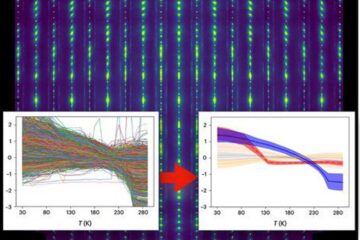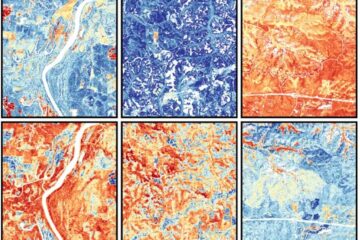NOAA report reviews ecosystem management in national marine sanctuaries

The report found the National Marine Sanctuary System's impact was significant due to its role developing tools that allow the participation of numerous stakeholders, address multiple uses, and provide guidance on how to protect habitat and biodiversity while minimizing user conflicts.
The National Marine Sanctuaries Conservation Series report, “Examples of Ecosystem-based Management in National Marine Sanctuaries: Moving from Theory to Practice,” presents eight case studies where strong ecosystem-based management principles were compared to guiding documents, co-management strategies, stakeholder involvement and marine zoning within the sanctuary system. The Office of National Marine Sanctuaries manages 14 marine protected areas covering more than 150,000 square miles of ocean and Great Lakes waters.
The report notes that over the past 20 years, ecosystem-based management, which considers cumulative effects of different activities and interactions among species, emerged as an alternative to traditional single-species approaches for management of marine and coastal resources. Both the Pew Oceans Commission and the U.S. Commission on Ocean Policy called on the U.S. to adopt ecosystem-based management as the foundation for a new era in ocean conservation.
With support from the National Center for Ecological Analysis and Synthesis, graduate students from eight universities participated in a Distributed Graduate Seminar that examined how Sanctuaries implement ecosystem-based management within their boundaries. The students found that in addition to regulatory actions, sanctuary managers utilized various tools and partner engagement to inform their decision-making.
“Our overarching goal is to provide guidance for resource managers to help them develop ecosystem-based management tools and best practices,” said Robert Pavia, the project's co-principle investigator. “We also wanted to engage these students, who represent the next generation of marine managers, by letting them see the connection between theory and practice.”
The full report is available on the Office of National Marine Sanctuaries Web site: http://sanctuaries.noaa.gov/science/conservation/welcome.html.
Institutions that participated in the seminar include California State University, Monterey Bay; University of California, Santa Barbara; University of Connecticut; University of Hawaii; University of Michigan; University of New Hampshire; University of South Florida; and the University of Washington.
NOAA understands and predicts changes in the Earth's environment, from the depths of the ocean to the surface of the sun, and conserves and manages our coastal and marine resources: Visit: http://www.noaa.gov.
Media Contact
More Information:
http://www.noaa.govAll latest news from the category: Ecology, The Environment and Conservation
This complex theme deals primarily with interactions between organisms and the environmental factors that impact them, but to a greater extent between individual inanimate environmental factors.
innovations-report offers informative reports and articles on topics such as climate protection, landscape conservation, ecological systems, wildlife and nature parks and ecosystem efficiency and balance.
Newest articles

Machine learning algorithm reveals long-theorized glass phase in crystal
Scientists have found evidence of an elusive, glassy phase of matter that emerges when a crystal’s perfect internal pattern is disrupted. X-ray technology and machine learning converge to shed light…

Mapping plant functional diversity from space
HKU ecologists revolutionize ecosystem monitoring with novel field-satellite integration. An international team of researchers, led by Professor Jin WU from the School of Biological Sciences at The University of Hong…

Inverters with constant full load capability
…enable an increase in the performance of electric drives. Overheating components significantly limit the performance of drivetrains in electric vehicles. Inverters in particular are subject to a high thermal load,…





















